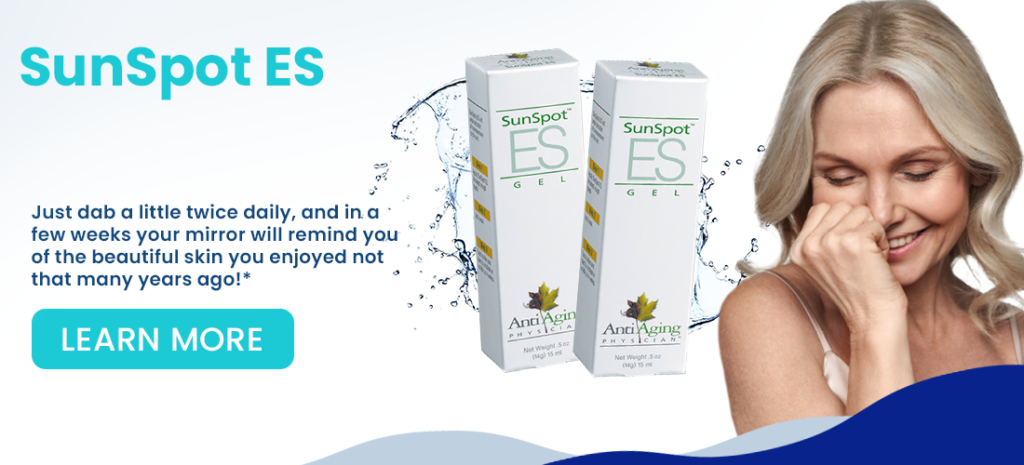Skin Health
Sun-Damaged Skin: 5 Amazing Ways Exfoliating Can Help
Sun-damaged skin can often show signs of aging, such as rough texture, fine lines, and uneven pigmentation. One effective way to address these issues is through regular exfoliation. Exfoliating sun-damaged skin can provide a range of benefits that help improve its overall appearance and health. Here’s a closer look at how exfoliation can make a significant difference for your skin.

1. Removal of Dead Skin Cells
Sun-damaged skin often accumulates a buildup of dead skin cells, which can make the surface appear dull and uneven. Regular exfoliation helps to slough off these dead cells, revealing fresher, more radiant skin underneath. By removing the top layer of dead skin, exfoliation can help to improve the texture and clarity of sun-damaged skin. This process also helps to unclog pores, which can be beneficial if sun-damaged skin is also prone to breakouts or congestion.
2. Enhanced Collagen Production
Collagen is a protein that gives the skin its firmness and elasticity. Sun damage can impair collagen production, leading to the formation of fine lines and wrinkles. Exfoliating sun-damaged skin can stimulate the skin’s natural repair processes, which may boost collagen production. This increased collagen synthesis can help to reduce the appearance of fine lines and improve the overall elasticity of the skin. By promoting a more youthful and resilient skin texture, exfoliation can be a key component in the rejuvenation of sun-damaged skin.
3. Improved Moisturizer Absorption
Moisturizers play a crucial role in maintaining skin hydration and repairing sun-damaged skin. However, if the skin’s surface is covered with a layer of dead cells, the absorption of moisturizers can be significantly reduced. Exfoliating helps to remove these barriers, allowing for better penetration of hydrating ingredients. When exfoliation is part of your skincare routine, moisturizers can work more effectively, providing deeper hydration and aiding in the repair of the skin barrier compromised by sun exposure.
4. Reduction of Hyperpigmentation
Hyperpigmentation, such as age spots or sunspots, is a common issue for sun-damaged skin. Exfoliation can help to fade these dark spots over time by accelerating the turnover of skin cells. As the outer layer of skin is exfoliated, new, more evenly pigmented skin is revealed. This process helps to diminish the appearance of hyperpigmentation and leads to a more uniform skin tone. Incorporating exfoliation into your skincare routine can be an effective strategy for managing and reducing the appearance of sun-induced discoloration.
5. Smoother Skin Texture
Sun damage can leave the skin feeling rough and uneven, which can be frustrating for those seeking a smoother complexion. Regular exfoliation helps to refine the skin’s texture by removing dead skin cells and encouraging cell renewal. This smoothing effect can make the skin feel softer and look more even. By addressing issues such as rough patches and uneven texture, exfoliating sun-damaged skin can enhance the overall appearance and touchability of your complexion.
Tips for Exfoliating Sun-Damaged Skin
When exfoliating sun-damaged skin, it’s essential to choose the right products and techniques to avoid further irritation. Here are some tips:
- Opt for Gentle Exfoliants: Chemical exfoliants, such as those containing alpha hydroxy acids (AHAs) or beta hydroxy acids (BHAs), are often more suitable for sun-damaged skin than abrasive physical scrubs.
- Exfoliate Moderately: Over-exfoliating can irritate the skin, so it’s important to find a balance. Typically, exfoliating 2-3 times a week is sufficient for most people.
- Hydrate and Protect: After exfoliating, use a moisturizer to hydrate the skin and apply sunscreen daily to protect against further sun damage.
Exfoliating sun-damaged skin offers multiple benefits, from removing dead cells and enhancing collagen production to improving moisturizer absorption and reducing hyperpigmentation. By incorporating exfoliation into your skincare routine, you can help to restore a more youthful, smooth, and even complexion.
Source:
Like? Please share with your friends.
Learn more about SunSpot ES, a natural exfoliating gel that contains powerful glycoalkaloids from sand brier.*

